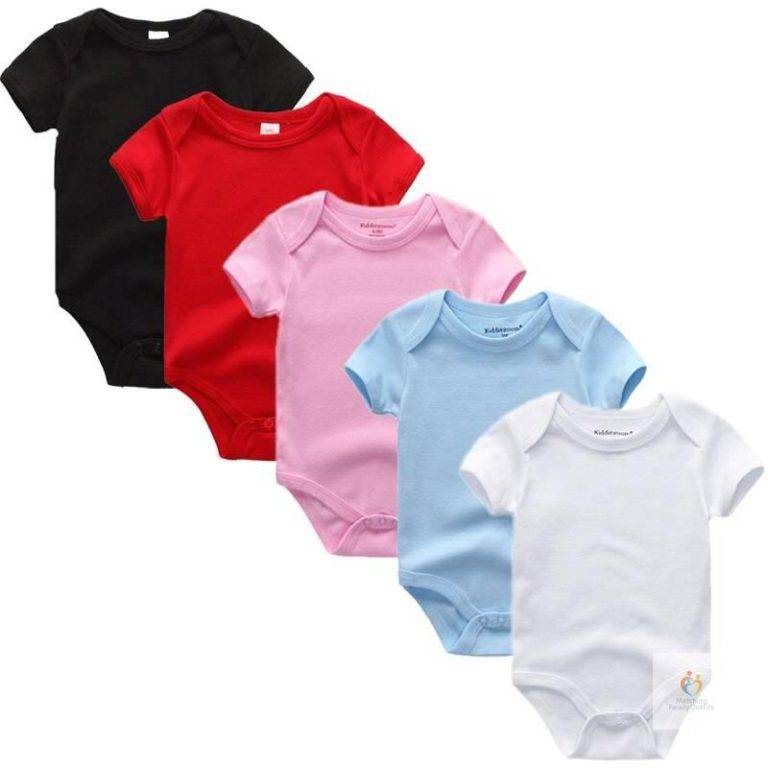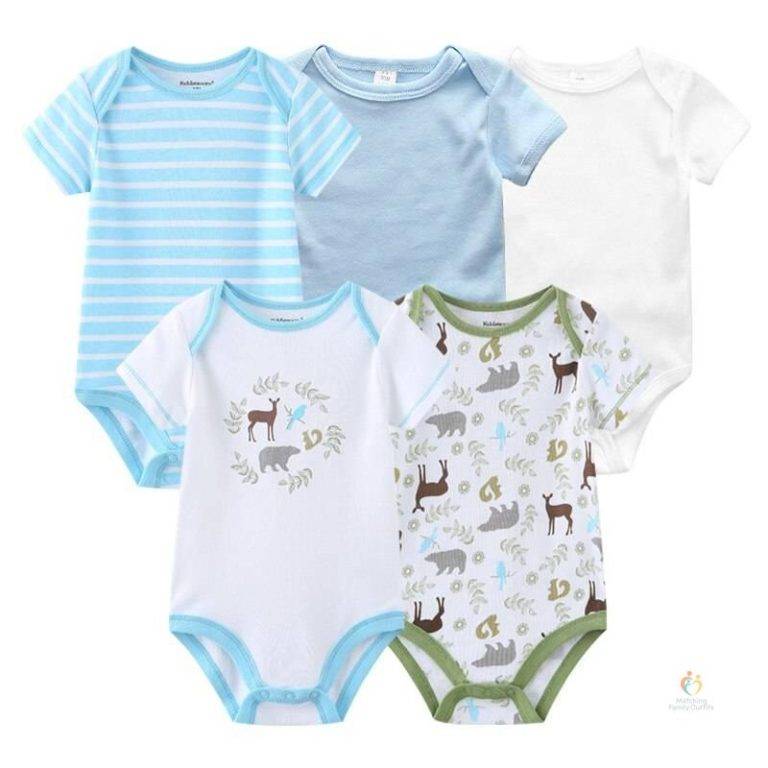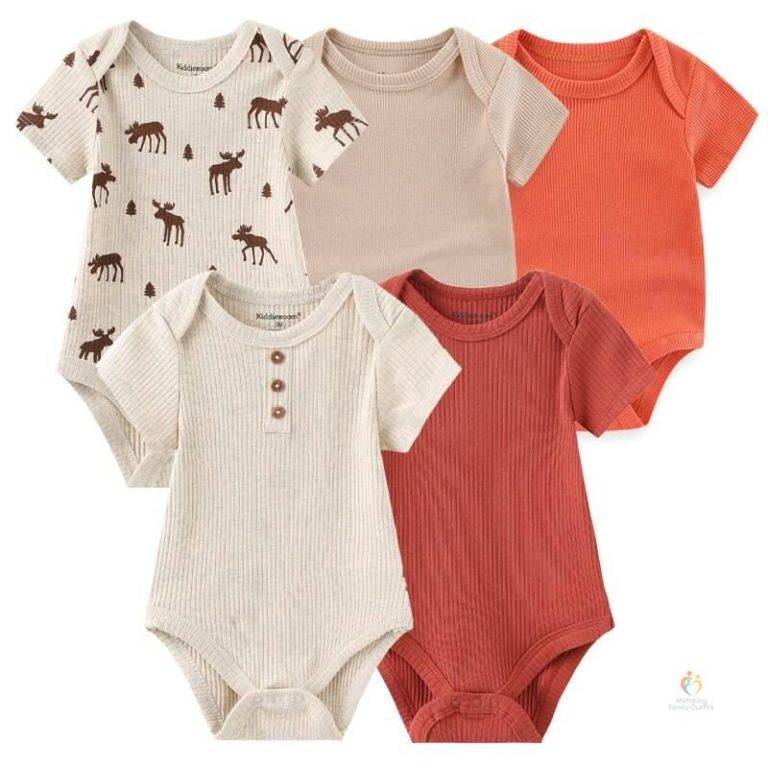No products in the cart.
Go Back to Shop
All CategoriesAnniversary giftsbaby giftsBaby Rompersbirthday giftChristmas FamilyChristmas pajamasShirtsSuitst-shirtsUncategorized
Are there any safety considerations to keep in mind when dressing a baby in rompers and onesies?
by megha
Safety First: Dressing Your Baby in Rompers and Onesies
Dressing your baby is a joyful and heart-warming experience, but it’s also essential to prioritize safety, especially when it comes to clothing choices like baby rompers and onesies. These cute and convenient outfits are a staple in every baby’s wardrobe, but there are some important safety considerations to keep in mind to ensure your little one’s comfort and well-being. Let’s delve into some key safety tips for dressing your baby in rompers and onesies.
1. Choose the Right Size:
Selecting the correct size is not just about ensuring a good fit; it’s also crucial for your baby’s safety. An ill-fitting romper or onesie can lead to discomfort, restricted movement, and potential hazards. Too-tight clothing can cause skin irritation, while overly loose garments might pose a tripping or entanglement risk.
2. Opt for Flame-Resistant Fabrics:
For sleepwear, including onesies and rompers, prioritize flame-resistant fabrics. These fabrics are designed to resist catching fire and can provide an extra layer of protection during bedtime or in situations where there may be exposure to open flames or heat sources.
3. Check for Small Parts and Choking Hazards:
Inspect the romper or onesie for any small parts, buttons, or embellishments that could pose a choking hazard. Make sure all fasteners are securely attached, and avoid outfits with decorative items that could be pulled off and swallowed.
4. Mind the Neckline:
Choose rompers and onesies with necklines that are comfortable and not too tight. Tight necklines can cause discomfort, and in some cases, they might restrict your baby’s breathing or pose a strangulation risk.
5. Snaps, Buttons, and Zippers:
While convenient for dressing, snaps, buttons, and zippers should be carefully chosen and securely attached. Loose buttons or unsecured fasteners can be a choking hazard or cause irritation on your baby’s sensitive skin.
6. Avoid Long Ties and Strings:
Long ties, strings, or ribbons on rompers and onesies can be dangerous, as they may become wrapped around your baby’s fingers, toes, or limbs. If your baby pulls on these items, they can pose a risk of entanglement.
7. Weather-Appropriate Clothing:
Ensure your baby is dressed appropriately for the weather. Overheating or getting too cold can be uncomfortable and potentially unsafe for your baby’s health. Layering is a good practice, allowing you to adjust your baby’s clothing based on temperature changes.
8. Easy Diaper Access:
Rompers and onesies with easy diaper access, such as snaps at the crotch, make diaper changes more efficient and less disruptive for your baby. Quick and easy access ensures your baby stays comfortable and dry.
9. Be Mindful of Allergies:
Choose clothing made from hypoallergenic and breathable materials to minimize the risk of skin irritation or allergic reactions. Avoid rough or scratchy fabrics that might cause discomfort.
**10. Regular Inspections:
Babies grow quickly, and clothing can become too tight or too small in a short period. Regularly inspect your baby’s rompers and onesies to ensure they still fit comfortably and do not pose any safety hazards.
Dressing your baby in rompers and onesies should be a delightful experience that prioritizes their safety and comfort. By following these safety considerations, you can ensure that your baby’s clothing choices contribute to their overall well-being and happiness. Remember, every baby is unique, so it’s important to pay attention to your baby’s cues and preferences to ensure they are comfortable and secure in their adorable outfits.





Leave a comment